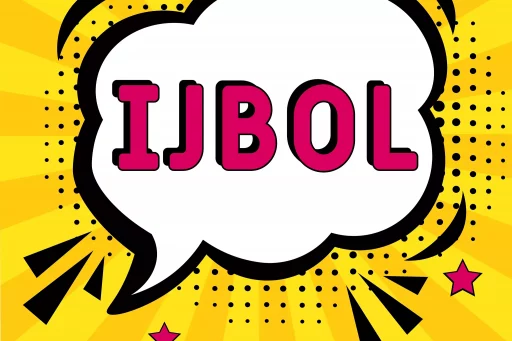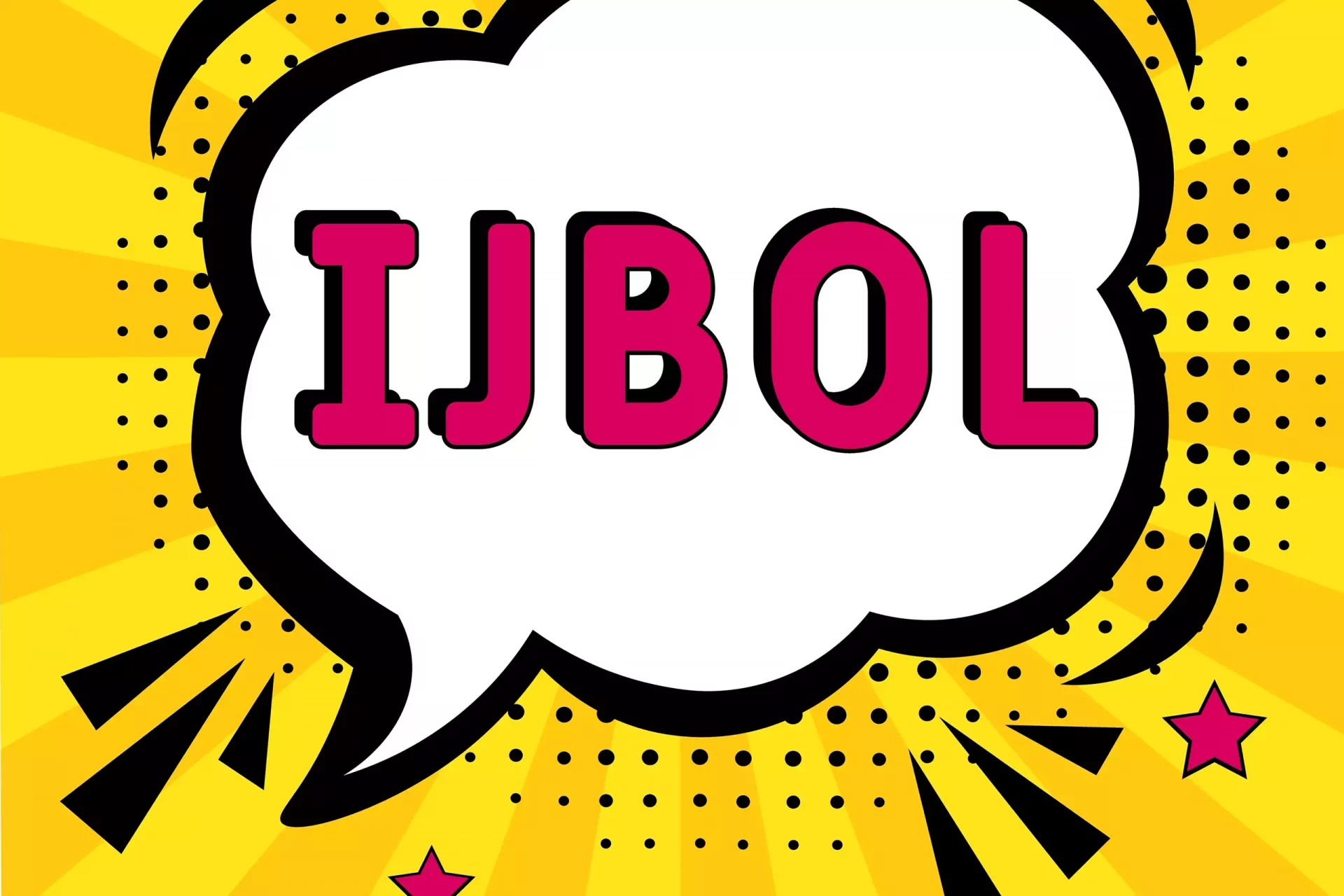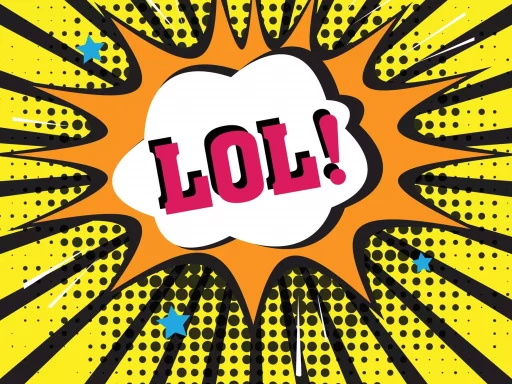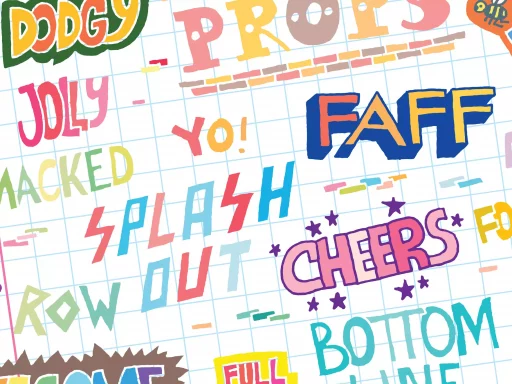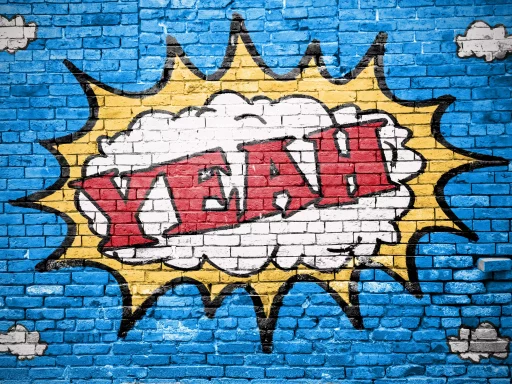The Origin of Emo
The term ’emo’ originated in the mid-1980s as a subgenre of punk music that expressed emotional themes and introspective lyrics. Emo music often tackled topics such as love, heartbreak, and inner turmoil.
Emo in Slang
Today, ’emo’ is used in slang to describe a style or attitude that is associated with emotional sensitivity, introspection, and a certain fashion aesthetic. Emo culture is often linked with a darker, more melancholic tone.
Emo Fashion
Emo fashion typically includes skinny jeans, band t-shirts, black eyeliner, and dyed hair in a dark color. This style is meant to convey a sense of individuality and nonconformity.
Emo Music
Bands such as My Chemical Romance, Fall Out Boy, and Panic! at the Disco are often cited as iconic examples of emo music. These bands have lyrics that resonate with feelings of angst and alienation.
Emo Subculture
The emo subculture is known for its emphasis on expressing emotions openly and authentically. Emo individuals are often seen as sensitive, creative, and introspective.
Emo Stereotypes
Unfortunately, the term ’emo’ has also been associated with negative stereotypes, such as being overly dramatic, attention-seeking, or self-destructive. These stereotypes can be harmful and perpetuate misunderstandings about emo culture.
Emo Revival
In recent years, there has been a resurgence of emo music and fashion, with a new generation embracing the style and ethos of the emo subculture. This revival has sparked a renewed interest in emo bands and a reevaluation of emo culture.
